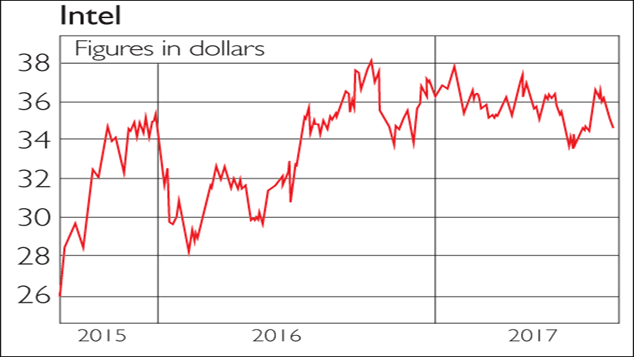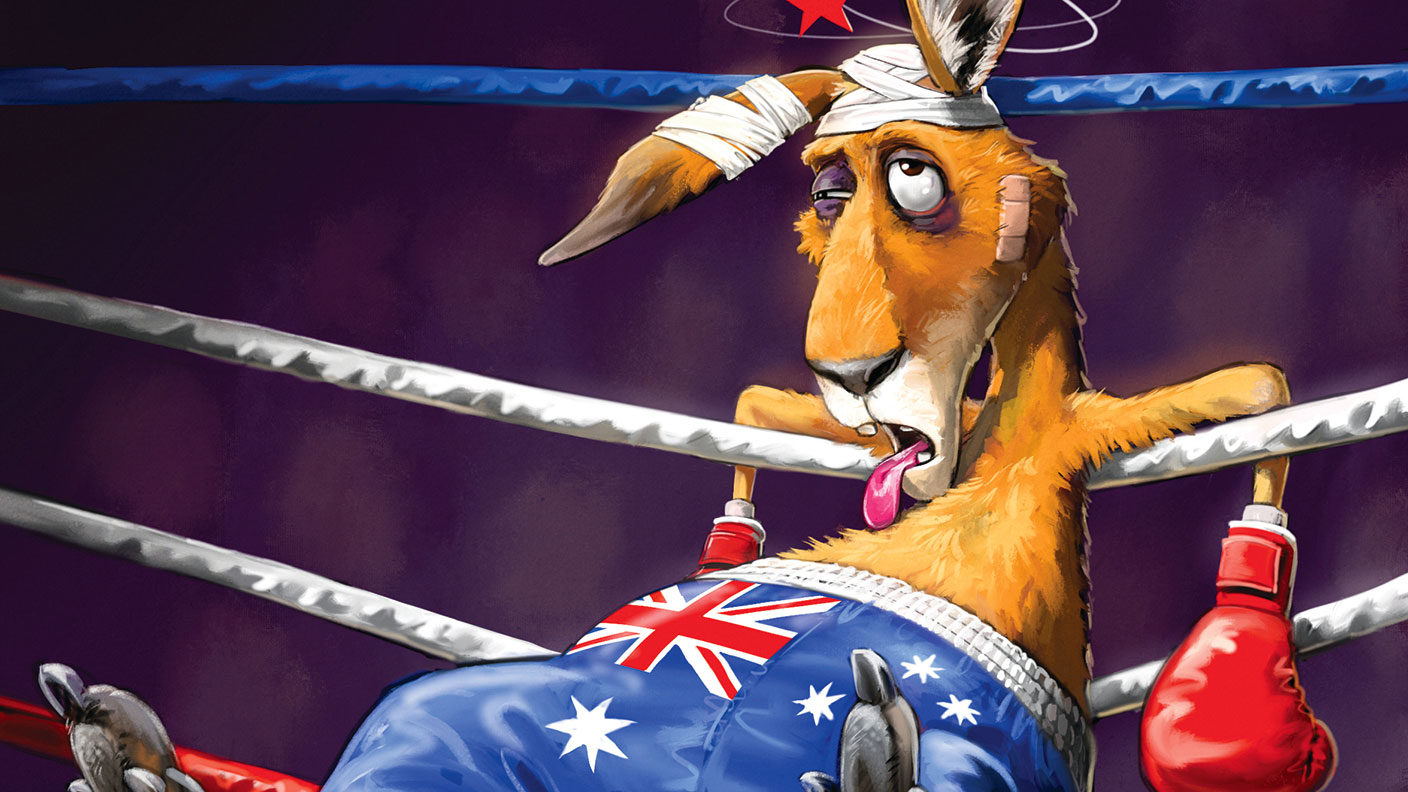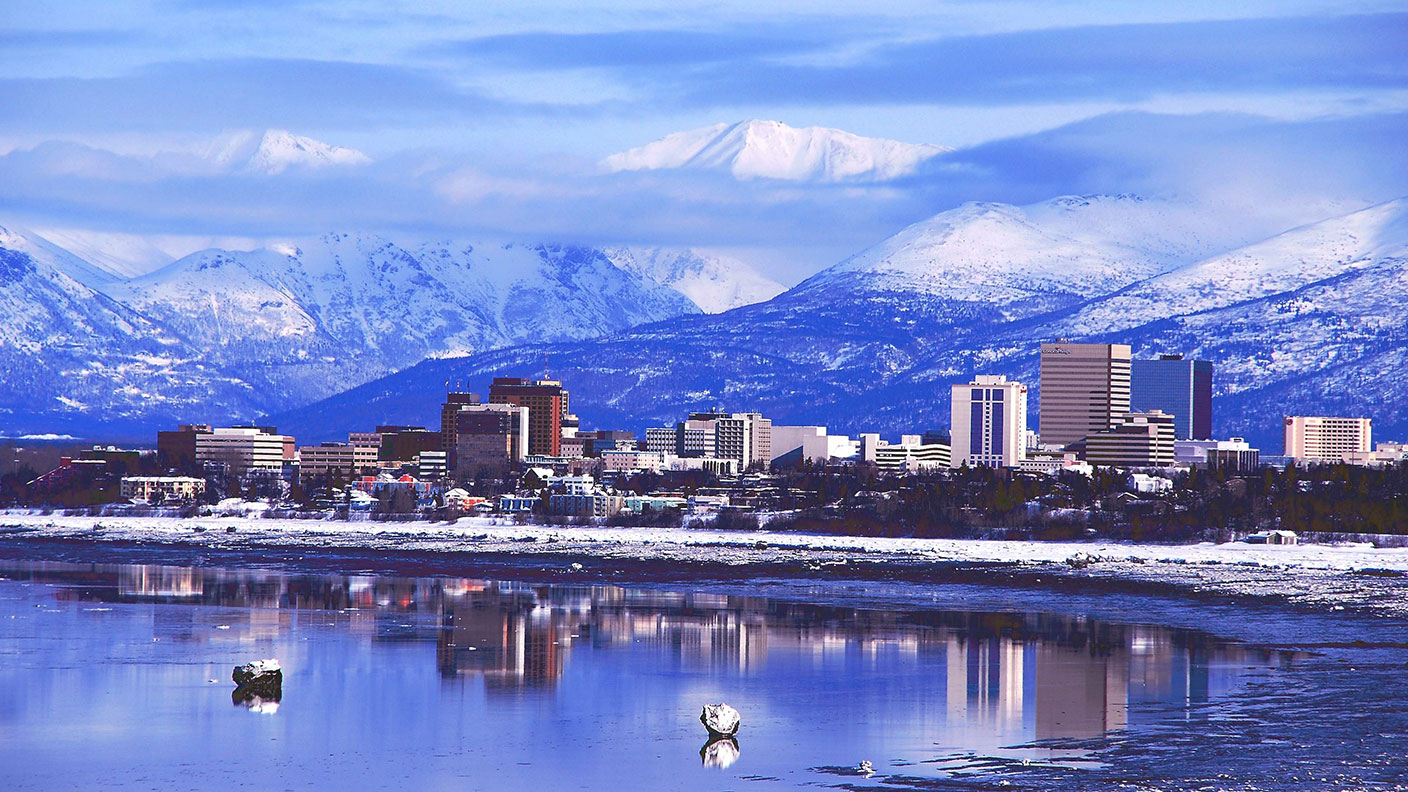How to invest as electric cars get the green light
As emissions caps choke demand for diesel vehicles, electric cars will start motoring. Buy lithium miners and battery makers to cash in, says Julie Boote of Pelham Smithers Associates.

As emissions caps choke demand for diesel vehicles, electric cars will start motoring. Buy lithium miners and battery makers to cash in, says Julie Boote of Pelham Smithers Associates.
Last month the government announced plans to ban the sale of new petrol and diesel cars in the UK from 2040. The French had already made a similar move, and even the Germans are discussing phasing out fossil-fuel-powered vehicles. While the demise of diesel after the emissions-rigging scandal known as "dieselgate" was perhaps inevitable, the idea that petrol cars are also on the ropes may seem premature. Yet the reality is that the days of the internal combustion engine are numbered and you should invest accordingly.
A market created by regulators
A decade or so ago the electric-vehicle market barely existed no one wanted one and very few were made, barring a few luxury models, such as the Tesla Roadster. However, as emissions regulations in both the US and Europe became tougher (and potential fines larger), car makers realised that one way to cut their fleets' average emissions of carbon dioxide (CO2, the key greenhouse gas) was to introduce more all-electric vehicles, or plug-in hybrids (which still have a small combustion engine and petrol tank). In 2010 there were two electric or plug-in hybrid vehicles available in the US now there are 35. In Europe in 2011 the Nissan Leaf was the only electric vehicle available now there are 20.
MoneyWeek
Subscribe to MoneyWeek today and get your first six magazine issues absolutely FREE

Sign up to Money Morning
Don't miss the latest investment and personal finances news, market analysis, plus money-saving tips with our free twice-daily newsletter
Don't miss the latest investment and personal finances news, market analysis, plus money-saving tips with our free twice-daily newsletter
Now a further "big push" is coming, triggered by two developments. First, dieselgate. Diesel is far more polluting than test results had suggested, so diesel cars will now need to be fitted with more costly exhaust controls. That will drive up the price of diesel cars and choke off demand. That leaves manufacturers with a problem diesel engines emit too much harmful nitrogen dioxide (NO2), but they emit far less CO2 than petrol cars. As a result, diesel sales have been key to hitting fuel-economy targets. That means sales of other fuel-efficient vehicles electric cars and hybrids must rise to compensate.
Second, both California and China now demand that manufacturers sell a fixed number of zero-emission vehicles each year. From next year, car makers must generate green credits related directly to the level of electrification in their fleet equivalent to 8% of their sales in China, rising to 10% in 2019, and 12% by 2020. Manufacturers could gamble that these quotas will fall by the wayside President Trump wants to remove California's ability to set its own emission standards, while China has been asked to postpone quotas by German chancellor Angela Merkel. But it's unlikely that most will take the risk of endangering these markets.
As a result, car manufacturers are accelerating research and development projects and announcing ambitious targets for both sales and new launches. VW, for example an opponent of electric vehicles prior to dieselgate has plans for 30 new pure electric vehicles across the VW group (with brands including Audi, Skoda and Porsche) by 2025. Toyota and Honda, early adaptors of hybrids (which only have small electric motors and don't require recharging), are also now embracing pure electric cars and plug-in hybrids (which have larger electric motors and do require recharging).
Meanwhile, Volvo grabbed headlines with a promise that all of its new models would come with an electric motor from 2019. And Tesla the poster child of electric-car development hopes to ramp up its sales with the introduction of the Model 3, which reportedly has secured more than 450,000 orders so far.
Who will buy all these cars?
So if manufacturers' targets are achieved, we should have tens of millions of electric vehicles on the road within the next five years. But where will the demand come from? Last year, sales of electric or plug-in hybrid vehicles accounted for just 1.1% (151,000) of total vehicle sales in the European Union; 0.9% (158,000) in the US; and 2.1% of passenger car sales in China (about half a million). Overall, global sales came in at around 950,000 out of a total of 90 million. So in absolute terms, the numbers are still very small. However, there are four reasons why that looks set to change.
Better batteries
The heart of an electric car the quality, performance, and cost is its battery. All of the negatives related to electric cars, from long charging times to short driving ranges and high prices, are due to the short-comings of batteries. Yet as I'll discuss more below, all of these issues are likely to be addressed in the near future.
Improved infrastructure
Governments might have pushed manufacturers into selling more electric vehicles, but they are also delivering on their side of the deal providing a network of charging stations. In the UK, there are 3,791 publicly funded charging devices, or 6,500 including commercial chargers, according to the National Chargepoint Registry. That compares with 8,500 petrol stations, and the gap is set to close entirely by 2020. EU regulations also now require that all new houses built from 2019 must have charging points.
The rise of the plug-in hybrids
Plug-in hybrid cars offer a halfway house towards full electrification. They have a small petrol tank so no concerns about running out of charge and while they are not zero-emission vehicles, they are very fuel-efficient and are included in subsidy schemes and government sales targets. There are also growing numbers of SUV and light truck versions available models such as the Mitsubishi Outlander have proved very popular.
A big marketing push
It is very much in car manufacturers' interests to promote electric vehicles heavily, given the major investment they have had to make in them. So expect to see big marketing campaigns, focusing on the benefits of environmentally friendly vehicles. Intense media coverage should also help sales.
Overall, our estimates at Pelham Smithers Associates indicate that total annual electric and plug-in hybrid sales should reach 1.17 million this year, rising to 5.9 million in 2021. From 2022 onwards, improved infrastructure, battery technology and the advent of self-driving cars (see below) should lead to a surge in demand, with sales reaching 22.5 million (20% of total global sales) by 2026. So demand should rise over the next five years, but it probably won't explode. Yet fuel economy still needs to improve to lower CO2 emissions. So what's the solution? Electrification adding a battery and electric motor to a regular internal combustion engine with hybrids largely replacing diesel.
Who will benefit during the transition?
On this front, Toyota (Tokyo: 7203) should be a clear beneficiary due to its dominance in "full" hybrid vehicles (which don't need to be plugged in, unlike plug-in hybrids). These now account for 40% of Toyota's European sales, and this is only likely to increase, with all of Toyota's models now offered in hybrid versions. Demand for SUVs in particular, which are less fuel-efficient than smaller models, and thus gain more from being electrified, is set to grow. Japan has already fully embraced hybrids, and they are making progress in China.
Toyota is also staying on top of future challenges to the industry such as driverless vehicles by aggressively venturing into new business areas (including artificial intelligence, robotics, connectivity, mobility services, Big Data and the like). These efforts should ensure that Toyota remains in a strong position as a vehicle-technology services provider as the market evolves.
A purer play on the changing vehicle industry is UK-based engineering and environmental consultancy Ricardo (LSE: RCDO), which specialises in transport and energy. Between stricter emissions targets, fleet electrification, and all of the changes implied by increasingly autonomous vehicles, demand for specialist advice will only increase. Ricardo has the in-house engineering capabilities for complex products (ie, engines, electric motors, generators, battery packs), and also offers its services to assist with strategy development, safety management and environmental-impact assessments. The company focuses particularly on "low carbon" developments, as well as autonomous and connected vehicles.
Ricardo's appeal is that it is exposed to several growth industries, without facing the risk involved in investing heavily in production facilities. The UK accounts for 42% of its revenues, which could be behind recent share-price weakness (UK car sales have started to decline). However, the big-picture developments (what Ricardo calls "mega-trends") should prevail, and medium- to long-term growth should be supported by its growing presence in the rest of Europe and China, as well as surging demand for expert advice in the transport, energy and resources sectors.
The battle of the battery makers
As for pure electric vehicles, it's hard to pick a winner from among the traditional manufacturers. Some are lagging in terms of launches just now, but that doesn't necessarily mean they will end up losing out once demand rises to more meaningful levels. Instead, it makes more sense to look at battery providers they will power the electric-vehicle industry's growth from niche segment to mass market. Among the strongest players is Panasonic (Tokyo: 6752), which began building batteries at Tesla's Gigafactory in Nevada earlier this year.
Teslas are known for their long driving range, and the new batteries, which power the new Model 3, are 30% cheaper than the previous generation, enabling Tesla to keep the price of the car relatively low (around $35,000). Model 3 output is slowly rising, and should eventually reach 400,000 units a year. Panasonic should benefit from this rising production, while avoiding the company-specific risks of Tesla such as high debt levels, its investment in SolarCity and the risk of shareholder dilution.
Looking to the next generation of batteries, the lead technology appears to be solid-state batteries. These have higher energy density (thus more capacity), are more durable, charge faster and are not flammable. GS Yuasa (Tokyo: 6674), the world's fourth-largest battery maker, could be set to win this race. Earlier this month its share price rose by nearly 9% when it announced that, alongside Mitsubishi Corp and Mitsubishi Motors, it had developed a solid-state lithium-ion battery, which would double the range of electric vehicles at no extra cost. Production could start as early as 2020.
The rise of electric vehicles has also sparked interest in the miners of the key minerals that go into these batteries, including lithium and cobalt. The two main listed plays on lithium mining Sociedad Quimica y Minera in Chile and Albemarle in the US between them account for 60% of global lithium carbonate production. Neither is cheap SQM trades on 18 times EV/EBIT and Albemarle is on 20 times. So some investors are looking at smaller speciality miners, such as Galaxy Resources (Sydney: GXY) and Orocobre (Sydney: ORE).
These two stocks have market capitalisations of $500m market and their primary assets are brine lakes in Argentina (Olaroz in Orocobre's case, Sal de Vida in Galaxy's case), which are being developed. Current sales are low ($15m for Orocobre, zero for Galaxy), but the valuation is all in their assets' potential, which in the case of Sal de Vida is thought to be substantial.
Self-driving cars when are they coming and who will benefit?
Self-driving cars are often seen as a technology of the future, but in fact they are already here. Their evolution can be divided into five levels. At level 1, vehicles have only minor support functions, such as cruise control. Level 2 adds support functions such as lane assistance, automated braking, adaptive cruise control, and parking assistance. These features are already common.
By 2021, most big car makers expect to have level 3 models: this is where the control shifts from human to machine, with the car able to make its own decisions. However, level 3 cars can only be used in restricted areas and environments (they are "geo-fenced"), and the driver still sits behind the wheel in case they have to take over (in poor weather, say). At level 4, the car is fully autonomous and requires no input from the driver (or rather passenger), but can still only operate within a specific area.
Finally, at level 5, the human driver is superfluous the car has no steering wheel, and neither geographic nor weather-related restrictions. Level 4 is probably achievable within the next decade, but level 5 is much further away.
In the early stages, commercialisation of self-driving cars will come from the services industry, as part of a drive to cut labour costs think taxis, trucks, farm machinery, even snow ploughs and lawn mowers. This also means that self-driving cars will most likely be electric they are cheaper to run. Transport-services companies could be among the biggest beneficiaries of these cost savings. Parts suppliers are another obvious target for investors, but rather than look at traditional manufacturers of car parts, it might make more sense to look at a tech company expanding into the sector.

For example, Intel (Nasdaq: INTC) recently bought Mobileye, a chip maker that specialises in sensors and the development of software algorithms. Together with Mobileye, Intel is working with BMW and Delphi Automotive on level 4 self-driving technology.
Get the latest financial news, insights and expert analysis from our award-winning MoneyWeek team, to help you understand what really matters when it comes to your finances.
Julie Boote, Pelham Smithers Associates.
-
 Investors will reap long-term rewards from UK equities
Investors will reap long-term rewards from UK equitiesOpinion Nick Train, portfolio manager, Finsbury Growth & Income Trust, highlights three UK equities where he’d put his money
-
 The graphene revolution is progressing slowly but surely
The graphene revolution is progressing slowly but surelyEnthusiasts thought the discovery that graphene, a form of carbon, could be extracted from graphite would change the world. They might've been early, not wrong.
-
 Electric vehicle drivers to be charged new per mile tax from 2028
Electric vehicle drivers to be charged new per mile tax from 2028Electric vehicle drivers will be forced to pay a 3p per mile tax, as taxation will be brought closer in line with petrol and diesel cars
-
 The Stella Show is still on the road – can Stella Li keep it that way?
The Stella Show is still on the road – can Stella Li keep it that way?Stella Li is the globe-trotting ambassador for Chinese electric-car company BYD, which has grown into a world leader. Can she keep the motor running?
-
 Governments will sink in a world drowning in debt
Governments will sink in a world drowning in debtCover Story Rising interest rates and soaring inflation will leave many governments with unsustainable debts. Get set for a wave of sovereign defaults, says Jonathan Compton.
-
 Why Australia’s luck is set to run out
Why Australia’s luck is set to run outCover Story A low-quality election campaign in Australia has produced a government with no clear strategy. That’s bad news in an increasingly difficult geopolitical environment, says Philip Pilkington
-
 Why new technology is the future of the construction industry
Why new technology is the future of the construction industryCover Story The construction industry faces many challenges. New technologies from augmented reality and digitisation to exoskeletons and robotics can help solve them. Matthew Partridge reports.
-
 UBI which was once unthinkable is being rolled out around the world. What's going on?
UBI which was once unthinkable is being rolled out around the world. What's going on?Cover Story Universal basic income, the idea that everyone should be paid a liveable income by the state, no strings attached, was once for the birds. Now it seems it’s on the brink of being rolled out, says Stuart Watkins.
-
 The state-backed “gigafactory”: all aboard the next Concorde
The state-backed “gigafactory”: all aboard the next ConcordeOpinion State functionaries do not have a good record of picking winners. That won’t stop them doing it again
-
 Inflation is here to stay: it’s time to protect your portfolio
Inflation is here to stay: it’s time to protect your portfolioCover Story Unlike in 2008, widespread money printing and government spending are pushing up prices. Central banks can’t raise interest rates because the world can’t afford it, says John Stepek. Here’s what happens next